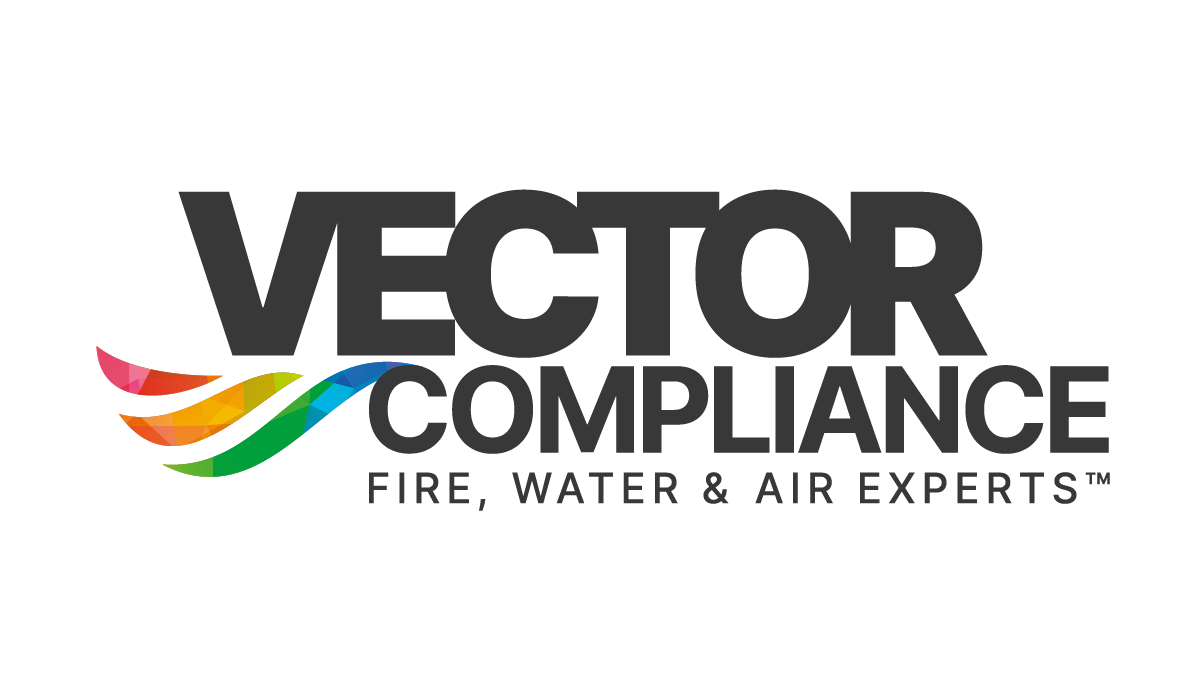Indoor Environmental Quality (IEQ)
Indoor Environmental Quality (IEQ)
Indoor environmental quality (IEQ) refers to the overall health and comfort of the indoor environment within buildings. It encompasses various factors such as air quality, thermal comfort, lighting, and acoustics. Maintaining high IEQ is essential for the well-being and productivity of building occupants.
Factors that contribute to good IEQ include proper ventilation to ensure fresh air circulation, control of indoor pollutants such as volatile organic compounds (VOCs), maintenance of appropriate temperature and humidity levels for comfort, adequate lighting to reduce eye strain and support productivity, and sound control to minimize noise disturbances.
Regular monitoring and maintenance of indoor environmental quality are crucial to ensuring a healthy and comfortable indoor environment. Building owners and facility managers should implement measures to address any issues that may arise and create a conducive environment for occupants.
By prioritizing indoor environmental quality, organizations can create a safer, healthier, and more productive indoor environment for their occupants. Strategies such as green building design, use of environmentally friendly materials, and regular maintenance practices can contribute to improving IEQ and enhancing overall building performance.
In conclusion, indoor environmental quality plays a significant role in the well-being and satisfaction of building occupants. By addressing factors such as air quality, thermal comfort, lighting, and acoustics, organizations can create a space that promotes health, comfort, and productivity. Regular monitoring and maintenance are key to ensuring optimal IEQ within buildings.

